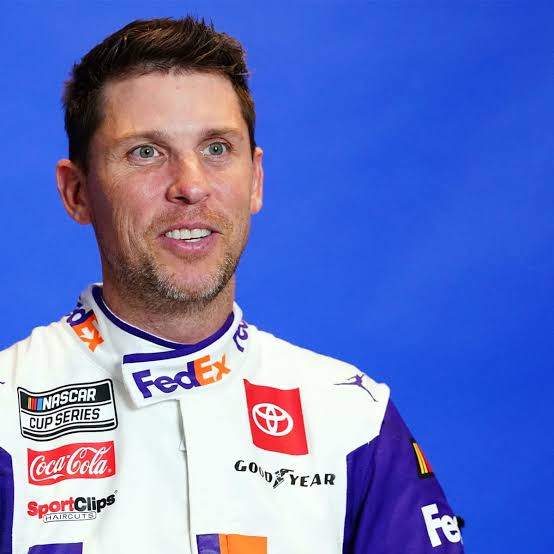
NASCAR has seen some extraordinary racing this season,” NASCAR President Steve Phelps claimed about the 2024 season. But has it really? The most recent race at the reconfigured Atlanta track had almost no passing, with just three or four instances of a third lane.
Superspeedway races in the NASCAR Cup Series aren’t what they once were. Today, they’re more about strategic maneuvers than intense racing. Teams focus heavily on fuel efficiency and reducing pit stops, a trend that became evident during the Atlanta race, as discussed on the Door Bumper Clear podcast. Freddie Kraft, an insider, suggested an interesting solution.
In 2022, NASCAR announced that Cup Series teams would race with 510 horsepower and a 7-inch spoiler at superspeedway events like Daytona, Talladega, and Atlanta. Atlanta’s track was also repaved, with banking increased to 28 degrees, and the racing surface narrowed from 55 feet to 40 feet, in an effort to make the races more entertaining. But has it succeeded? According to some insiders, not entirely, due to the overwhelming emphasis on fuel strategy.
On a recent episode of Door Bumper Clear, Freddie Kraft expressed disappointment that drivers were not racing aggressively. He said, “I don’t want fuel mileage to dictate our race strategy at plate races. It’s not as crucial at Atlanta as it is at Daytona or Talladega, but it’s still significant. You saw the 2 car (Austin Cindric) dominate the first two stages, but he disappeared in the third stage because he needed more fuel after the second stage.”
In summary, Kraft believes drivers are being too cautious, focusing on maximizing points rather than winning. This reduces the entertainment value, contradicting NASCAR’s goal with the new Superspeedway package. Kraft suggested a solution: “Eliminate the cautions at the stage breaks,” a proposal NASCAR has considered but not yet implemented.
Sign up for our newsletter for the latest NASCAR news and updates.
Kraft’s solution could be implemented. Nobody wants to watch veteran Denny Hamlin racing cautiously. Starting from the back, you’d expect him to charge to the front, but his team’s strategy focused on securing points, resulting in a 24th-place finish. Hamlin recently explained why the race at Atlanta was so restrained.
Denny Hamlin’s Slow Run at Atlanta
Joe Gibbs Racing’s #11 car, driven by Denny Hamlin, adopted a conservative strategy at Atlanta Motor Speedway. Despite a data-driven approach, Hamlin’s cautious racing did not yield the results he hoped for, leading to a 32nd-place finish. He later explained why the race at Atlanta was generally slow.
He stated, “The track lost grip, and everyone’s cars weren’t handling as well. The pace was 6 to 8 tenths slower than it was in the spring. A slower track means cars handle worse and can’t get as close to each other.” The Atlanta track was repaved in 2022 but has already degraded significantly in two years.
Lack of grip makes handling challenging, causing drivers to be cautious and the race to be slower. All of this affects the Superspeedway package, which Kraft believes isn’t as effective as the previous one. He added, “The current package isn’t great; it’s hard to pass. With the old car, it was easier to pass, make moves, and advance. Now, whoever exits the pits first during the final run tends to stay ahead.”





